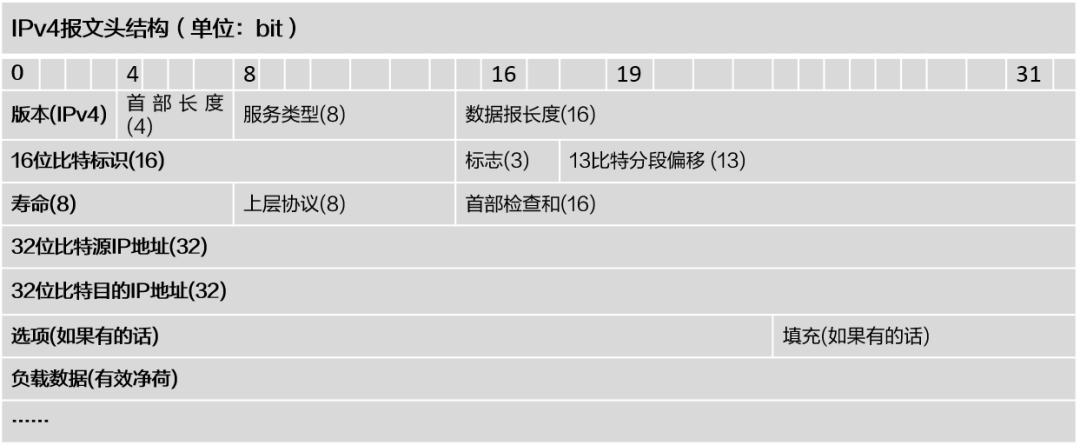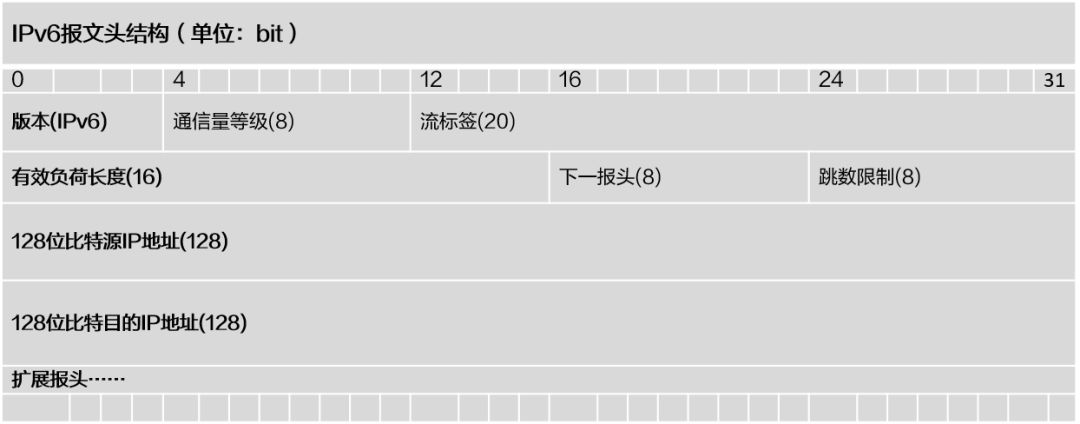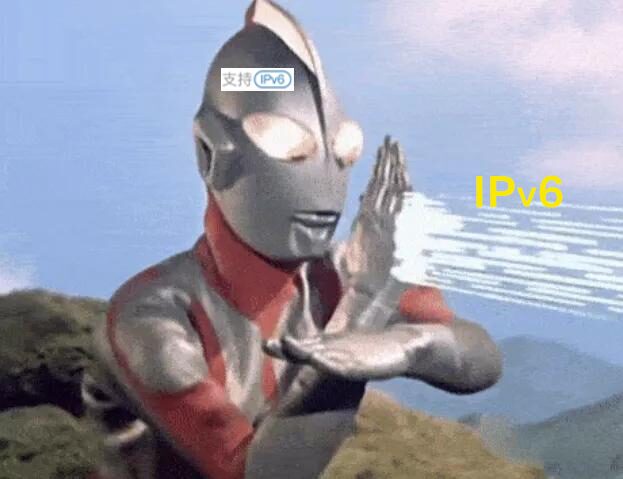✨A Small Advertisement: Live Room at the End of the ArticleDraw Huawei Peripheral Benefits~
Have you noticed that many apps now display a “IPv6“ logo at the bottom of the startup page? What exactly is this IPv6?

Today, I will explain it to you.
What is IPv6?
Data transmission and connection between different networks are based on the TCP/IP (Transmission Control Protocol/Internet Protocol) protocol suite, where the IP protocol (Internet Protocol) is the core of TCP/IP. It standardizes the communication process between interconnected computer networks and plays a critical role at the network layer. All TCP, UDP, ICMP, and IGMP data are transmitted in IP data format.
IP addresses are essential for data transmission over networks. They assign a logical address to every network and host on the Internet, just like every connected device needs a unique identification number. Intermediaries match the transmitted user devices by finding this identification number.

If we have data to transmit from a “source host” to a “destination host,” all of our data, such as text, images, audio, and video, needs to be packaged into individual “data packets”. Then, intermediaries use the “destination host’s” identification number to find detailed information in the system database and accurately deliver the “data packets” to the “destination host”. Data transmission is always similar to the delivery of packages.

In 1998, the term digital divide was first used in the U.S. to describe the information wealth gap, but after more than a decade of communication and Internet popularization, the information gap between people has gradually narrowed.
With the rapid development of the Internet and the application scenarios of the Internet of Things, lower network latency and higher security are required. It is evident that the IPv4 we have long used cannot meet current demands. By the end of 2019, the use of IPv4 addresses was nearly exhausted, marking our official entry into the IPv6 era. IPv6 not only addresses the shortcomings of IPv4 but also shows advantages more suitable for 5G scenarios.
Optimization Evolution of IPv4 and IPv6
Issue 1
Unreasonable IP Address Allocation and Resource Depletion
Internet technology originated in the United States, and its development and management have been controlled by Americans. It is said that one university in the U.S. has more IP addresses than all of China! Later, to address the unreasonable allocation and resource depletion issues, subnetting, classless addressing, and NAT technology emerged, but these ultimately did not solve the fundamental problem.
IPv6 offers almost unlimited address space: the address capacity has been expanded from 32 bits to 128 bits. What does this mean?
This is equivalent to: 😵😵😵😵😵😵😵😵😵
IPv4 has (232) = 4,294,967,296 addresses, about 4.3 billion.
IPv6 has (2128 = 3.4 x 1038) = 340,282,366,920,938,463,463,374,607,431,768,211,456 addresses (340 trillion trillion trillion addresses), which means that every square meter of the Earth’s surface can be assigned 670 trillion addresses, completely solving the IPv4 address shortage issue.
Issue 2
Rapid Expansion of Core Routing Tables, Increasing Router Load
Due to the unreasonable allocation of IPv4 addresses and the rapid development of the Internet, the routing tables of core Internet routers have increasingly expanded, resulting in a heavy load on core routers and a noticeable decrease in routing selection calculation speed, severely impacting and constraining the development of the Internet. The bulky IPv4 datagram header can also reduce data transmission speed.
The datagram header can be likened to the shipping label on a package, which includes the “source address”, “destination address”, and some related information about the datagram size.


It can be seen that compared to IPv4, the header format of IPv6 has been simplified, effectively reducing the processing overhead for routers or switches, which is very beneficial for routers or switches designed for header processing. At the same time, IPv6 uses a basic header + extension header, allowing for more convenient and flexible addition of options, which not only makes forwarding more efficient but also provides ample support for new applications in the future.
Issue 3
Poor Internet Security in the IPv4 Era
When the TCP/IP protocol was created, security issues were not considered at all, resulting in the current poor security of the Internet, which can be exploited through the protocol itself. To compensate for the security flaws of the TCP/IP protocol, related security patch protocols (IPSec, referred to as patch protocols, were developed later to address these issues) were created, but they cannot fundamentally solve the security problem.
IPv6, on the other hand, includes IPSec as a mandatory protocol, providing encryption and authentication. This is like upgrading the ordinary shipping bag used for transmitting “data packets” to a secure box, ensuring the integrity and confidentiality of end-to-end communication at the network layer.
Issue 4
Poor QoS Support in IPv4
IPv4 has insufficient support for QoS (Quality of Service). The rapid popularization and use of network conferencing, VoIP, and IPTV require better QoS to ensure real-time forwarding of audio and video.
To address this shortcoming, IPv6 has added flow label fields, which are specific identifiers that mark IP data streams requiring special handling. Routers in the network will identify the requested service performance based on the flow label’s instructions and can process data streams based on priority, delay, or bandwidth. This is similar to labels like “urgent” or “fragile” on a shipping bag, allowing us to provide personalized network services for different types of data packets and effectively ensure the service quality of related businesses.
So why do apps now display
Support for IPv6 networks?
This is based on the Ministry of Industry and Information Technology’s promotion of the upgrade to the next generation of the Internet. Since IPv4 addresses have been exhausted, and the new generation IPv6 can provide a more efficient and secure network, the application of IPv6 is increasingly widespread globally.
If you only connect to an IPv6 network but the app you are using does not support IPv6, you will not be able to use that app under the IPv6 network. Of course, apps that display support for IPv6 do not only support IPv6, as many IPv4 upgrades will take a long time to implement. Additionally, new IPv6 addresses must be parsed by the app for data to be transmitted accurately.

Tonight at 7:30 Follow Huawei Training Video Account
Let’s Talk About SRv6
Interested friends,Click to Set Reminderto watch it👇



Give a “Like + Favorite + View” triple tap👇